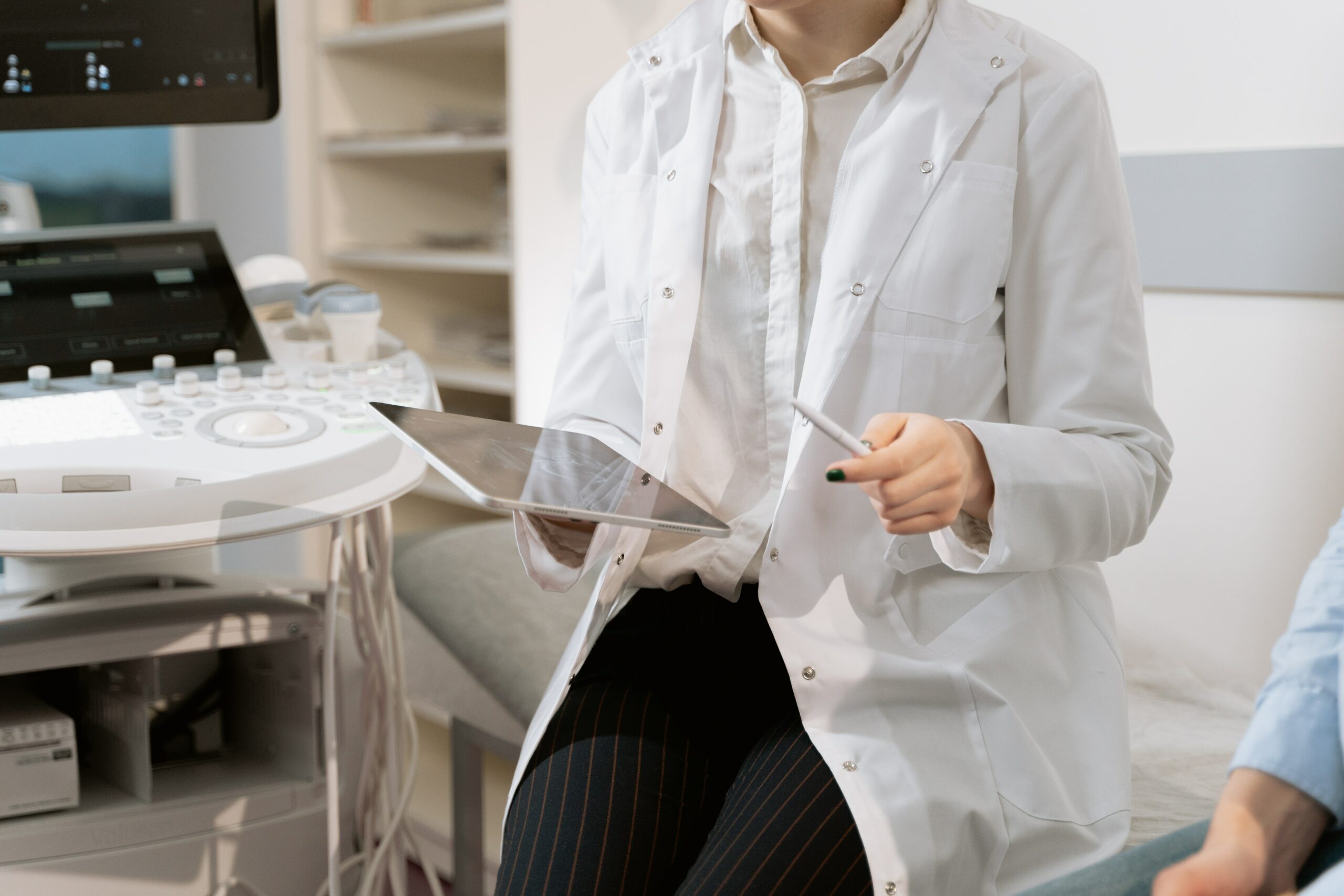
More than 130,000 people die yearly from strokes in the U.S. Many others who survive are left with temporary or permanent disabilities.
We understand it can be scary to think about the possibility of a stroke. But luckily understanding the signs, knowing what to do, and taking preventative measures can help to avoid the severe impact a stroke can have.
In honor of National Stroke Awareness Month, we’re shedding light on the risk factors, prevention strategies, and symptoms of strokes.
Awareness is the First Step to Prevention
Why is stroke awareness important? For one, recognizing the signs that someone may be having a stroke, is critical to getting them help as soon as possible. The sooner you can get to a hospital or Stroke Center, the more likely a person is to recover.
A stroke gone undetected can cause further damage to the brain. Taking action faster means medical care can be provided to prevent brain loss.
Stroke awareness also means taking preventative measures to protect your health. Taking care of your health now and quitting bad habits can help you to avoid a stroke later in life.
What Causes A Stroke?
There are two main types of strokes and their causes are slightly different. The more common type is an ischemic stroke. This occurs when an artery that carries oxygen-rich blood flow to the brain is blocked.
A hemorrhagic stroke is the second main type. It is when an artery to the brain is leaking blood due to a rupture. This causes the blood to flood the brain tissue. The leaking blood puts pressure on the brain cells and damages them.
A transient ischemic attack (TIA) is a mini-stroke. This is less extreme because the brain’s blood flow is only blocked for a short time, more often five minutes or less. This means less damage is done to the brain.
Unhealthy habits such as smoking, alcohol, poor diet, low activity, that can lead to medical conditions such as high cholesterol, high blood pressure, and diabetes — all increase your risk of having a stroke.
What Are Key Stroke Symptoms?
The sooner you identify the signs of a stroke, the faster you can take action. This can decrease the amount of damage to the brain tissue.
Some key symptoms that someone is having a stroke include speech difficulty, slurring words, arm weakness, paralysis, and facial drooping. These are the most common symptoms, but a person can also experience a sudden change of vision, a severe headache, or a loss of balance and coordination.
It’s easy for a stroke to go undetected because the symptoms might seem benign at first or feel like having the flu. It’s important to know what a stroke can look like so you can get help right away.
What Should You Do If Someone Is Having a Stroke?
Even if you’re not 100% sure a person is having a stroke, calling an ambulance right away is better than waiting.
Calling an ambulance is recommended over driving someone to the hospital. This is because the ambulance will often get to the hospital faster, and the patient is treated faster — both by the paramedics and as soon as they arrive at the hospital.
If a patient arrives within a three-hour timeframe, they will often get what is called thrombolytic therapy (tissue plasminogen activator or tPA treatment). This is a medication that is given intravenously or by injection.
This medication dissolves the blood clot, allowing the flow of blood and oxygen to return to the brain. The timeliness of getting this medication can limit the risk of damage and functional impairment.
What Can You Do Now?
It’s important to note that a stroke can happen at any age. While three-quarters of strokes occur in people over the age of 65, 10% of strokes occur in people under 50. There are steps you can take now to protect yourself from developing a stroke.
According to the CDC, many strokes are preventable through healthy lifestyle changes. This includes choosing healthy foods and drinks that are high in nutrients.
You’ve probably heard it before, eating fresh fruits and vegetables while staying away from foods that are high in sugar and saturated fats is key to a healthy diet. Limiting your salt or sodium intake can help lower your blood pressure which increases your chances of having a stroke.
Maintaining a healthy weight is also on the list for stroke prevention. Obesity increases your risk for a number of health risks including strokes. Regular physical activity can help you stay within a healthy weight range. About two and a half hours of brisk walking each week is recommended by the surgeon general.
If you’re a smoker, then quitting can instantly lower your risk of having a stroke and also improve your overall health. Many people underestimate how fast quitting smoking can begin to benefit them. Even after just 20 minutes of quitting, your heart rate drops, and after 12 hours the carbon monoxide level in your blood returns to normal.
By 2-12 weeks your lung function is already improving. It’s never too late to decide to quit smoking and allow your body to heal.
Decreasing your alcohol intake is also highly recommended to prevent strokes. Drinking too much alcohol has a direct effect on your blood pressure. According to the CDC, men should have no more than two drinks per day, while women should avoid having more than one per day.
You’re Not Alone: We Can Help!
It may feel overwhelming to maintain a healthy lifestyle and lower your risk for stroke. But we’re here to help you stay on track!
Your health provider can determine your current state of health. Checking your blood pressure regularly can help detect any signs of illness early. High blood pressure usually has no symptoms, so it’s important to have it checked even if you’re feeling fine.
Your doctor can also detect signs of diabetes and have you tested so you can receive the proper health care. They may recommend medications or assist you in making certain lifestyle changes to lower your blood sugar.
A medical professional can also help detect and treat heart conditions that could put you at a higher risk of stroke or heart disease.
Take Your Awareness to the Next Level
We hope spreading awareness this month can help more people prevent the dangerous effects of strokes. It’s easy to forget or avoid thinking about potential health risks. Even though it’s tough to talk about, National Stroke Awareness Month is an opportunity to take the vital steps necessary to maintain your health and put your mind at ease.
Ready to take action toward better health this month for you and your family? Let us help you get there by scheduling an appointment here.





